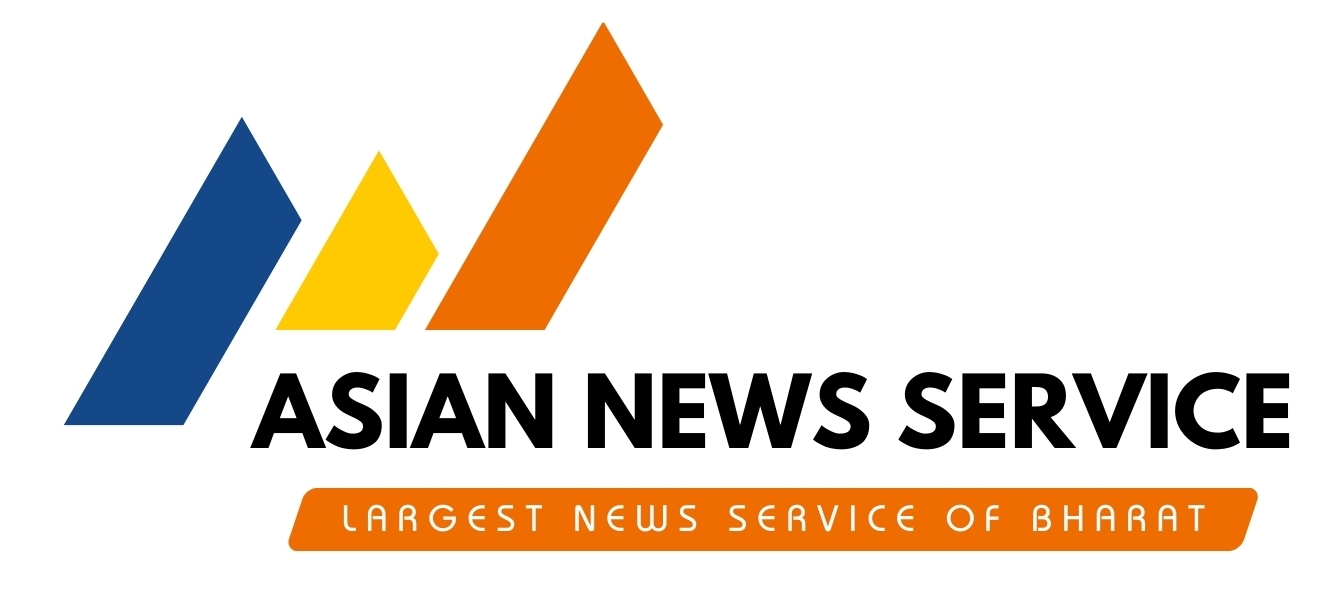Chhattisgarh Revises Power Tariffs with Balanced Approach, Ensures Relief for Rural, Tribal and Priority Consumers

Yellow and Black Modern Streaming Platform Logo - 5
Raipur July 11
The Chhattisgarh State Electricity Regulatory Commission (CSERC) has approved the power tariffs for FY 2025-26 for the State’s generation, transmission, distribution companies, and State Load Dispatch Centre. The revision has led to an average tariff hike of only 1.89% compared to last year, which officials termed as nominal. MD of the Distribution Company, Bhim Singh Kanwar, clarified that the increase is minimal and specifically structured to shield agricultural consumers, as any cost escalation in that category will be entirely borne by the State Government.
The new tariff structure also expands or maintains subsidies for several consumer categories such as temporary connections, tribal regions, Poha-Murmura units, and printing presses, ensuring widespread economic relief.
While the actual cost of electricity to the State’s power companies stands at Rs 7.02 per unit, domestic consumers continue to receive electricity at heavily subsidized rates starting from Rs 4.10 per unit. Among the key features of the revised tariffs is a nominal hike of 10 paise per unit for lower-middle-class domestic consumers and 20 paise per unit for other domestic users.
In a notable move, cowsheds, stay homes, and tribal hostels in areas under the Bastar and South Tribal Development Authority and Surguja and North Development Authority have been reclassified under the domestic category, making them eligible for lower domestic rates. Temporary domestic connections, which were earlier charged at 1.5 times the standard rate, will now be billed at 1.25 times the normal tariff.
To improve telecom connectivity in Left-Wing Extremism (LWE)-affected districts, the Commission has approved a 10% concession in energy charges for all mobile towers operating in these regions.
For agricultural pump sets, the tariff has been increased by 50 paise per unit. However, this additional cost will be fully absorbed by the State Government, ensuring that farmers face no extra financial burden. Non-domestic consumers will see an increase of 25 paise per unit in their power bills. Temporary connections in this category will also benefit from a reduced billing multiplier—brought down from 1.5 to 1.25 times the standard tariff.
Non-subsidized agricultural consumers will now get a 30% discount in energy charges, up from 20%. The provision to allow farmers to use up to 100 watts for lights and fans near agricultural pumps has been retained, supporting those guarding their fields during nighttime.
In a move aligned with green goals, the Commission has set the EV charging tariff at Rs 7.02 per unit for low-tension (LT) connections, matching the average cost of power supply. For high-tension (HT) consumers, the EV charging rate has been fixed at Rs 6.32 per KVAH.
The 10% energy charge discount for businesses and enterprises run by registered women self-help groups (SHGs) has been continued, further strengthening women’s economic empowerment. Similarly, hospitals, nursing homes, and diagnostic centres operating in rural areas and tribal regions under the Bastar and South Tribal Development Authority and Surguja and North Development Authority will continue to receive a 5% concession on energy charges.
The discount for Poha and Murmura processing units has been enhanced from 5% to 10%. Consumers making advance payments will now receive a 1.25% rebate, up from the previous 0.50%, encouraging timely bill settlements.
Another key decision is the reclassification of offset printers and printing presses from the non-domestic category to the industrial category, which entails lower tariffs—bringing further economic relief to small and medium businesses in this segment.
Officials stated that the revised power tariff structure is equitable and progressive, offering meaningful relief to rural, agricultural, and tribal consumers, while supporting clean energy initiatives, telecom infrastructure, and inclusive development across Chhattisgarh. The tariff plan has been described as balanced, growth-oriented, and satisfactory by the power company.
